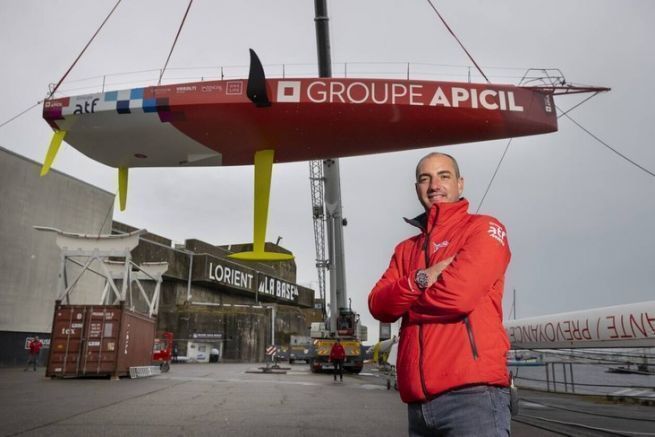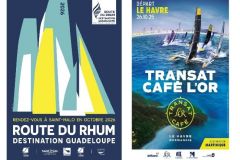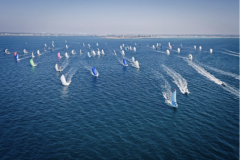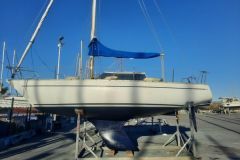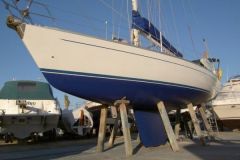The successive launches experienced before the start of major ocean racing events show the underside of boats now invested by communication. The brands that sponsor the skippers use the bright works as advertising panels. But how to make these decorated surfaces cohabit with antifouling paint? We asked Mathieu Taburet, sales director of Nautix, which supplies paint to all classes of racers.
With or without antifouling
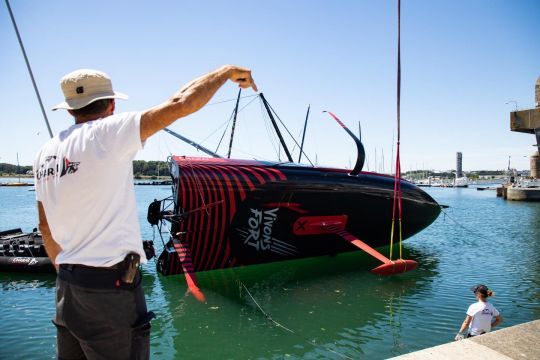
" There are two choices for racers: either they finish their hull with a varnish to let the decoration show, or they apply an antifouling. "
On a hull without antifouling, fouling appears after about a week, depending on the water temperature. Skippers who choose not to use antifouling must call on a diver to clean the hull with a sponge every week or so.
Nautix's sales manager says, " On a race like the Route du Rhum, this could be a possible solution. The race should last less than 2 weeks and the boats should not cross a calm zone. Indeed, experience shows that on the longest races, in calm zones often associated with warm waters, the hull is quickly colonized. Skippers must then dive to clean themâ?¦ "
An antifouling for racing yachts
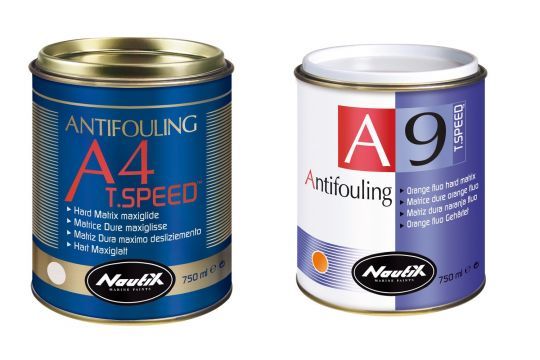
Nautix has developed an antifouling for fast racing yachts. "Nautix A4 T Speed is a hard matrix antifouling that incorporates a slip agent to increase the tightness of the paint. But this product is not available in all color shades, so we are limited to use it for decoration. Apicil did however use two colors, red and white, to paint the underside of their IMOCA, but this is a rare case." The choice of the hard matrix was made to respond to the speeds reached with the sailboats. So even Ultims, like Banque Populaire, which has its hulls covered with A4 T Speed, have an adapted product.
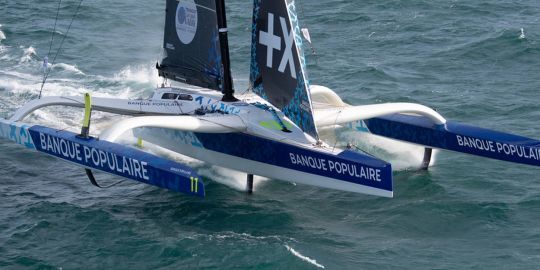
Fluorescent on the appendages
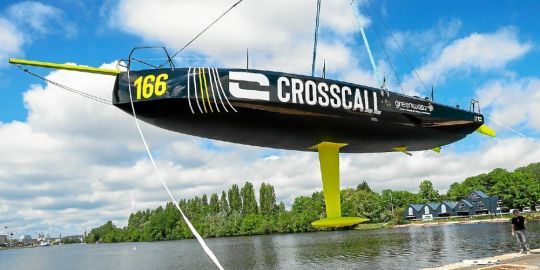
To meet the various safety requirements, the appendages use fluorescent antifouling. Thus, the keels for monohulls and appendages are covered with Nautix A9 T Speed paint. It is available in yellow, orange and even neon pink. On the other hand, the rubbing on the foils does not allow the application of antifouling. The preparers apply particularly hard epoxy paints for these appendages.
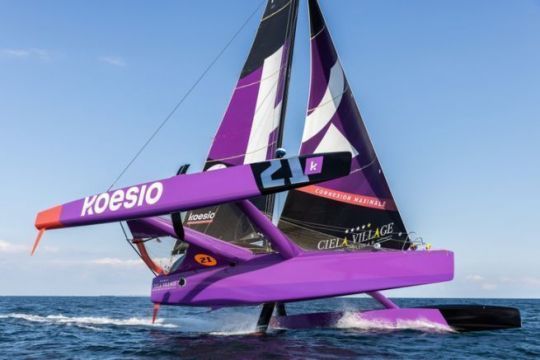
It can be noted that a hard matrix antifouling resists quite well out of the water. This is important for these racing yachts that are often grilled between races for their overhauls.
